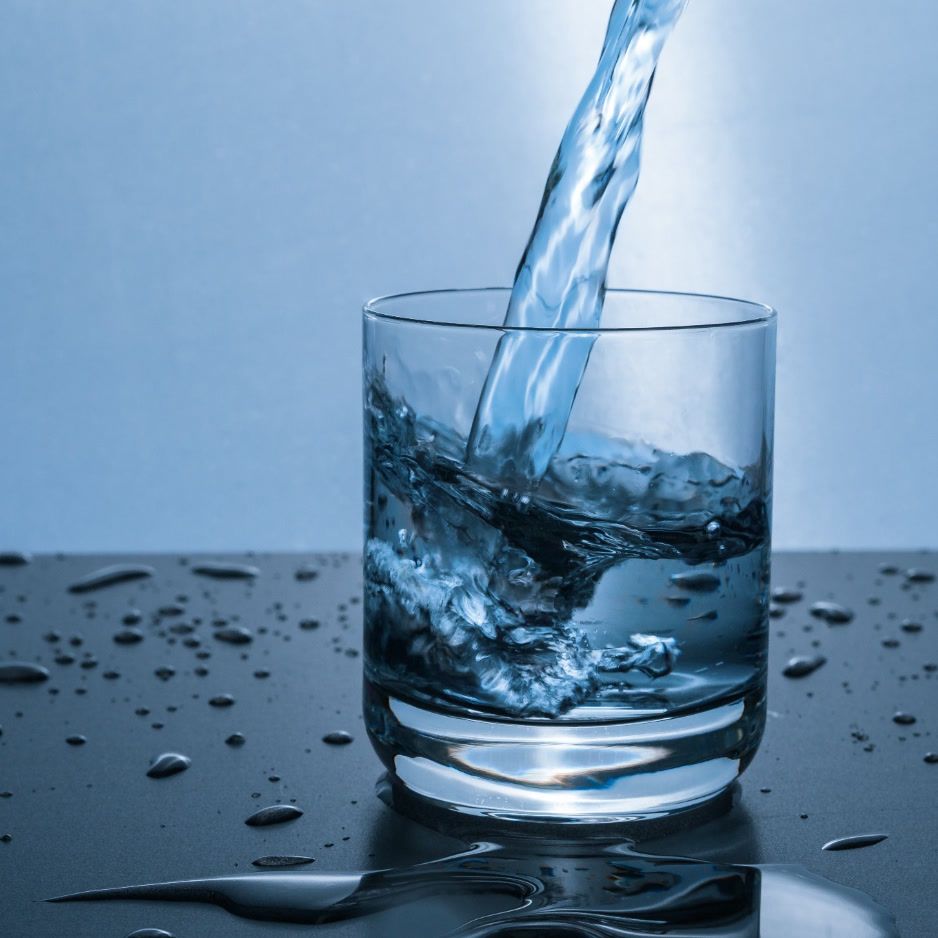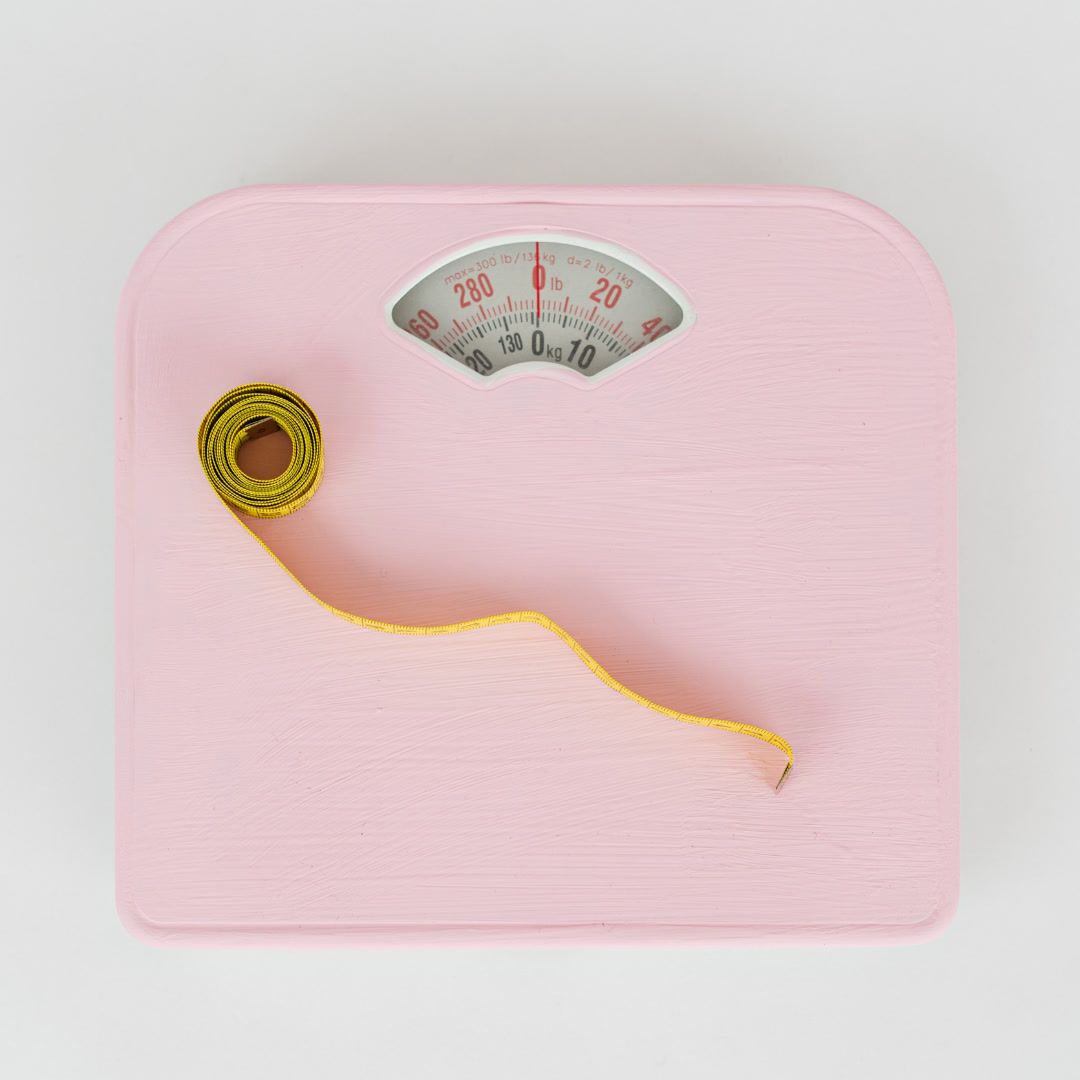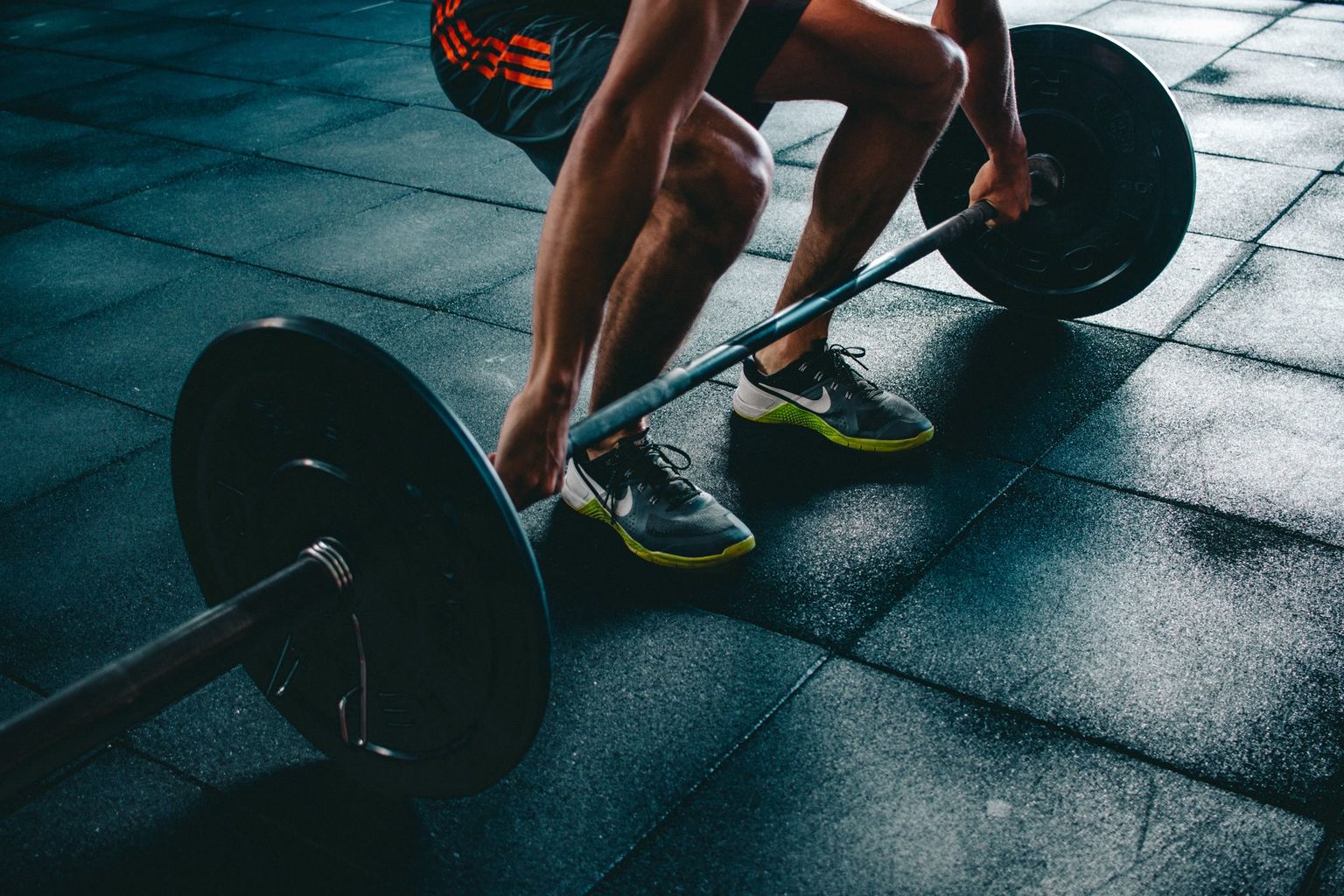Fasted Cardio: Benefits, Risks & How-To Guide
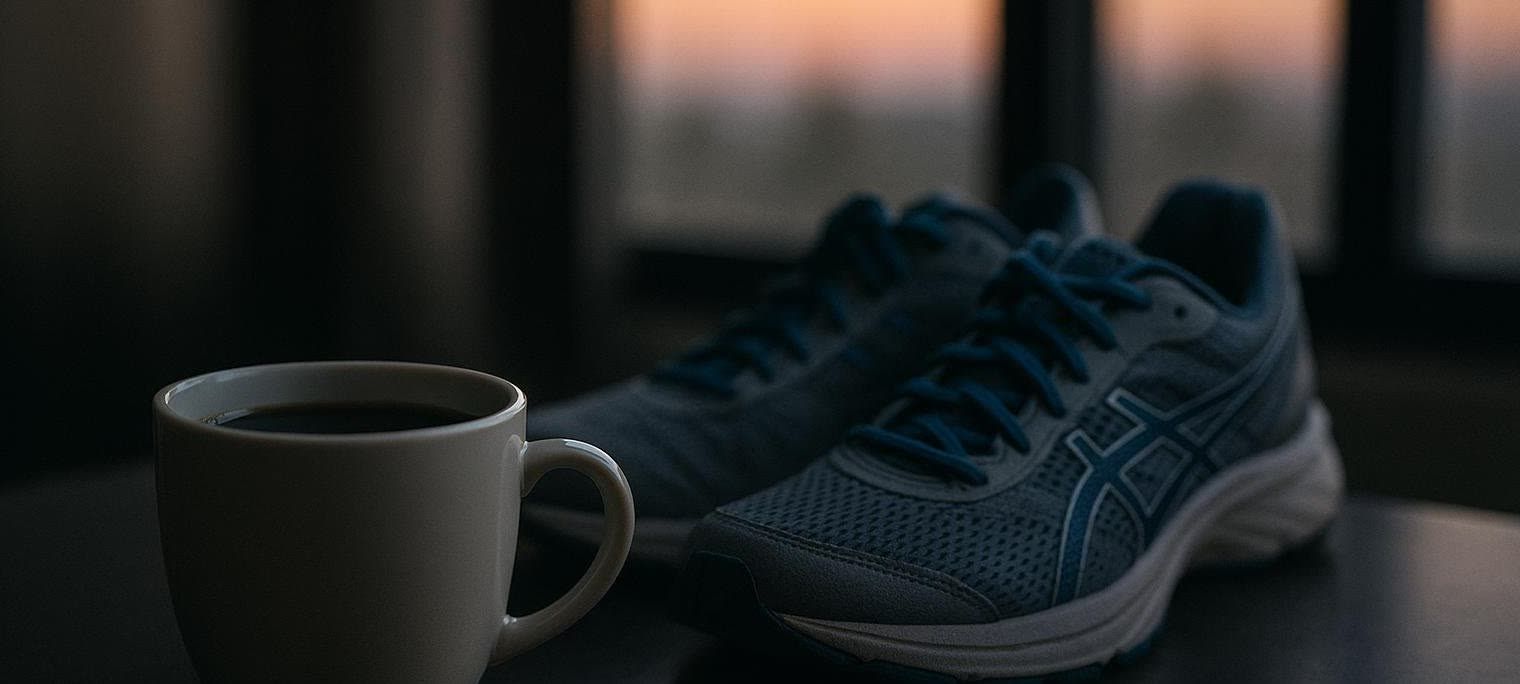
Fasted Cardio: Benefits, Risks & How-To Guide
Performing cardiovascular exercise before eating—commonly called fasted cardio—has become increasingly popular among both busy professionals and endurance athletes. But does skipping the pre-workout meal actually improve fat loss? This guide breaks down the current evidence, practical protocols, and safety considerations.
Key Takeaways
• Fasted cardio means training before eating after at least an 8–12-hour overnight fast (or at the tail-end of your intermittent-fasting window).
• According to a Healthline evidence summary on fasted exercise, low-to-moderate intensity fasted workouts burn more fat during the session, yet show no clear long-term fat-loss advantage versus fed training.
• Exercising on empty often raises cortisol—a hormone linked in theory to muscle protein breakdown. A small laboratory study found higher cortisol after fasted workouts than after fed sessions among overweight men, but direct evidence of muscle loss is limited (controlled trial).
• Keep sessions ≤60 minutes, hydrate, and eat a balanced meal containing both carbohydrates and protein afterward to preserve muscle.
• A DXA scan from BodySpec lets you verify whether your fasted-cardio routine is actually shrinking fat mass while protecting lean tissue.
What Exactly Counts as “Fasted” Cardio?
A workout is considered “fasted” when your body’s blood-glucose and insulin levels have returned to baseline, forcing it to rely mostly on stored energy. For most people that means:
- Exercising first thing in the morning after an overnight fast.
- Training 10–12 hours after your last meal if you follow time-restricted eating or intermittent fasting.
- Only water, black coffee, or zero-calorie electrolytes beforehand—anything with calories breaks the fast.
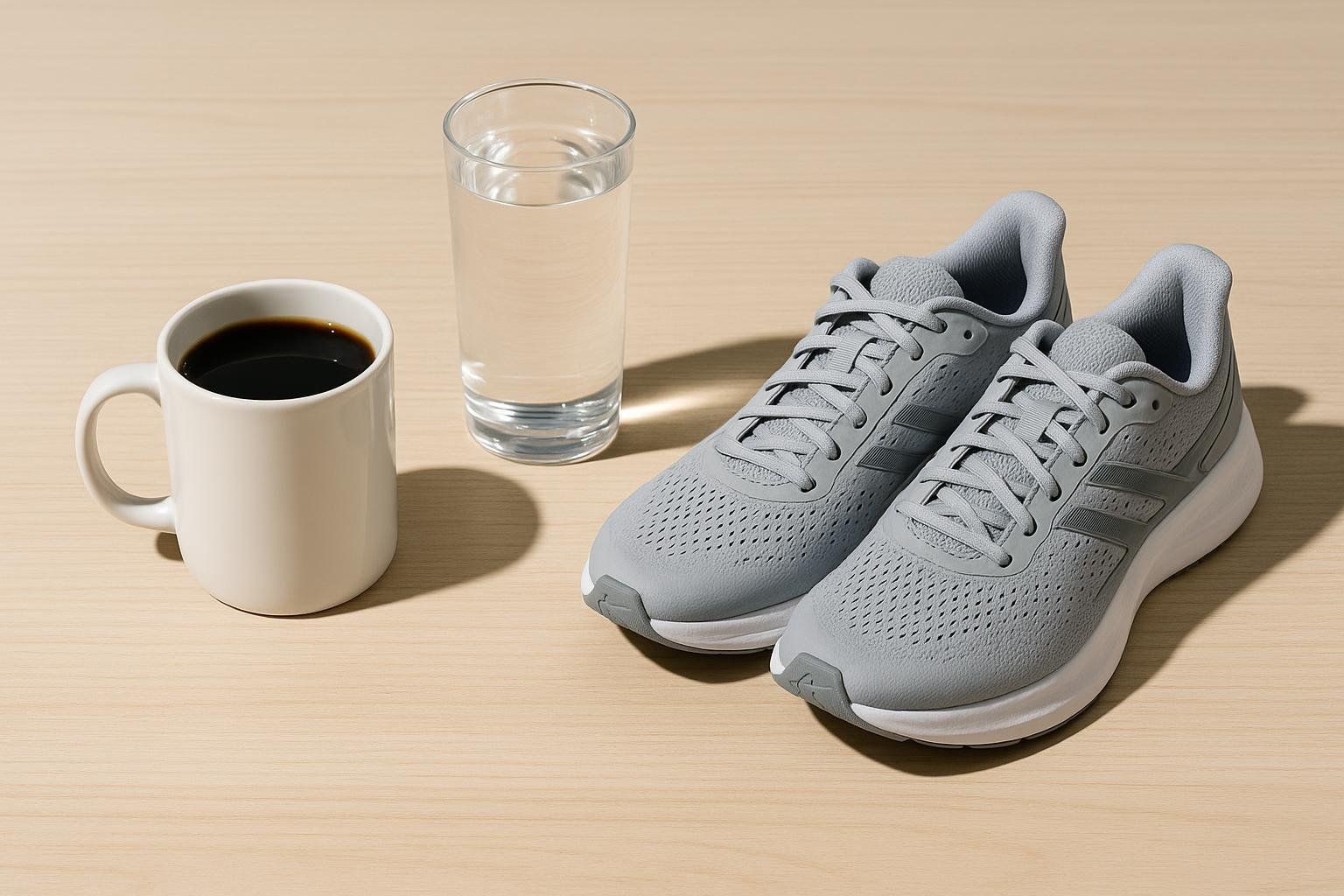
The Physiology: Why Fat Oxidation Goes Up
In the fasted state, several metabolic switches flip:
- Lower insulin → More lipolysis. Fat cells release free-fatty acids (FFAs) into the bloodstream.
- Glycogen is limited. Muscles and liver store enough carbohydrate to fuel roughly 90–120 minutes of moderate-to-high intensity exercise (University of Illinois Sports Nutrition), and an overnight fast partially drains that tank.
- Catecholamines rise. Epinephrine and norepinephrine ramp up fat mobilization even further.
A 2023 systematic review reported ~20–25 % greater fat oxidation during low-intensity fasted exercise compared with the same session after breakfast.
The Catch-22: Cortisol and Muscle Breakdown
Cortisol also climbs during overnight fasting. Because chronically high cortisol can trigger gluconeogenesis—converting amino acids from muscle into glucose—this raises theoretical concerns about muscle preservation. Human studies remain scarce; the controlled trial cited above observed higher cortisol after fasted training but did not measure actual muscle-tissue changes.
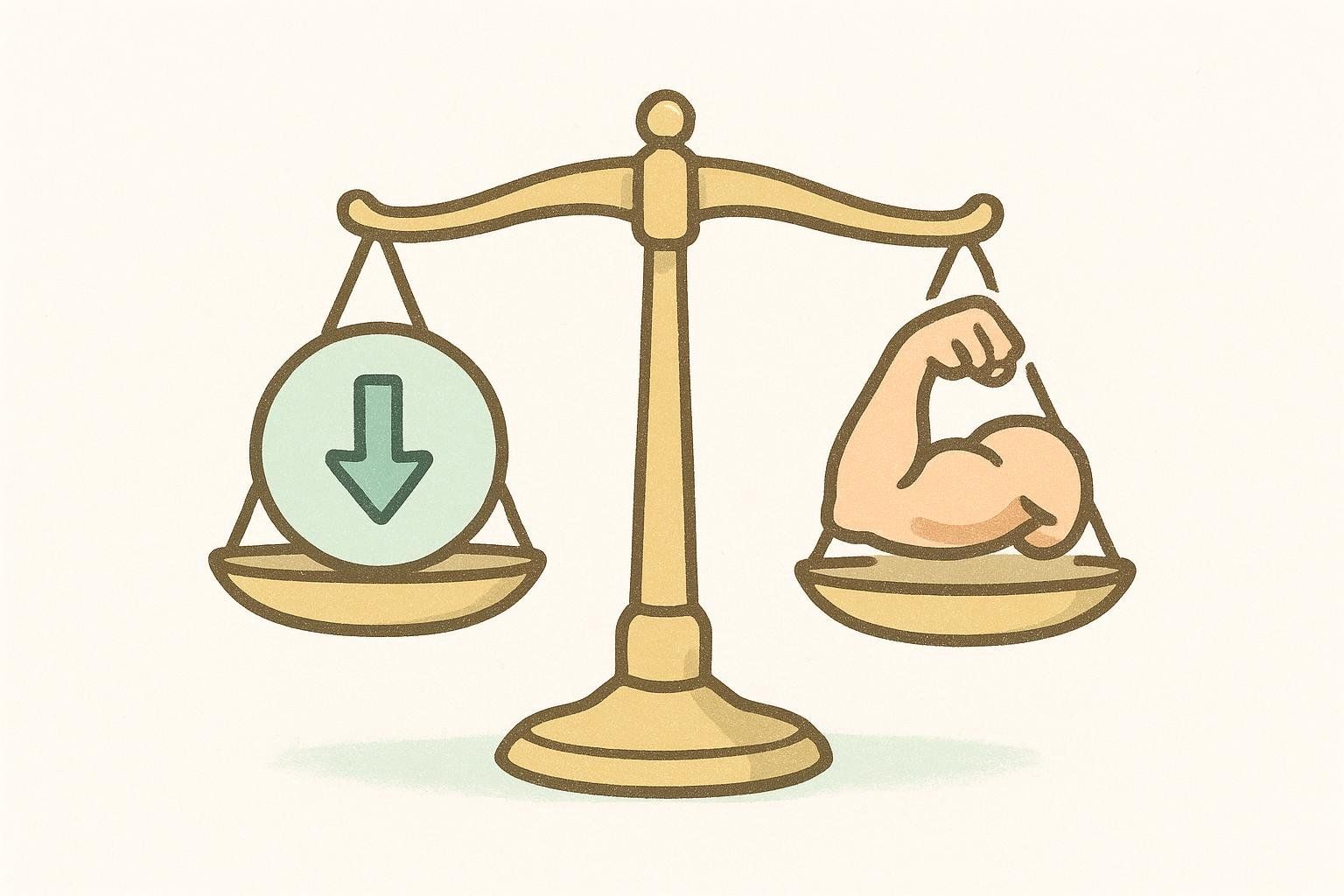
Benefits of Fasted Cardio (When Done Right)
| Potential Perk | Supporting Evidence | Practical Meaning |
|---|---|---|
| Higher acute fat oxidation | Small trials in cyclists, runners, resistance-trained adults (summarized in a systematic review) | May help you tap stubborn fat during the workout |
| Convenient morning schedule | N/A (Lifestyle advantage) | Fits easily before work or family commitments |
| Fewer GI issues | User-reported | Helpful for runners with sensitive guts |
| Compatible with intermittent fasting | Aligns with “fast, train, feast” flow | Useful for 16:8 or OMAD followers |
Risks & Limitations
- Reduced performance in high-intensity intervals or long endurance bouts.
- Muscle catabolism if protein intake is low or sessions exceed an hour.
- Light-headedness or hypoglycemia—particularly for individuals with diabetes or when training in hot, humid environments (American Diabetes Association).
- For certain populations, extra caution is necessary: the American College of Obstetricians and Gynecologists discourages strenuous fasted exercise during pregnancy, and the ADA recommends glucose monitoring if you use insulin or other glucose-lowering medications. Individuals with underlying medical conditions should consult a healthcare professional before starting fasted training.
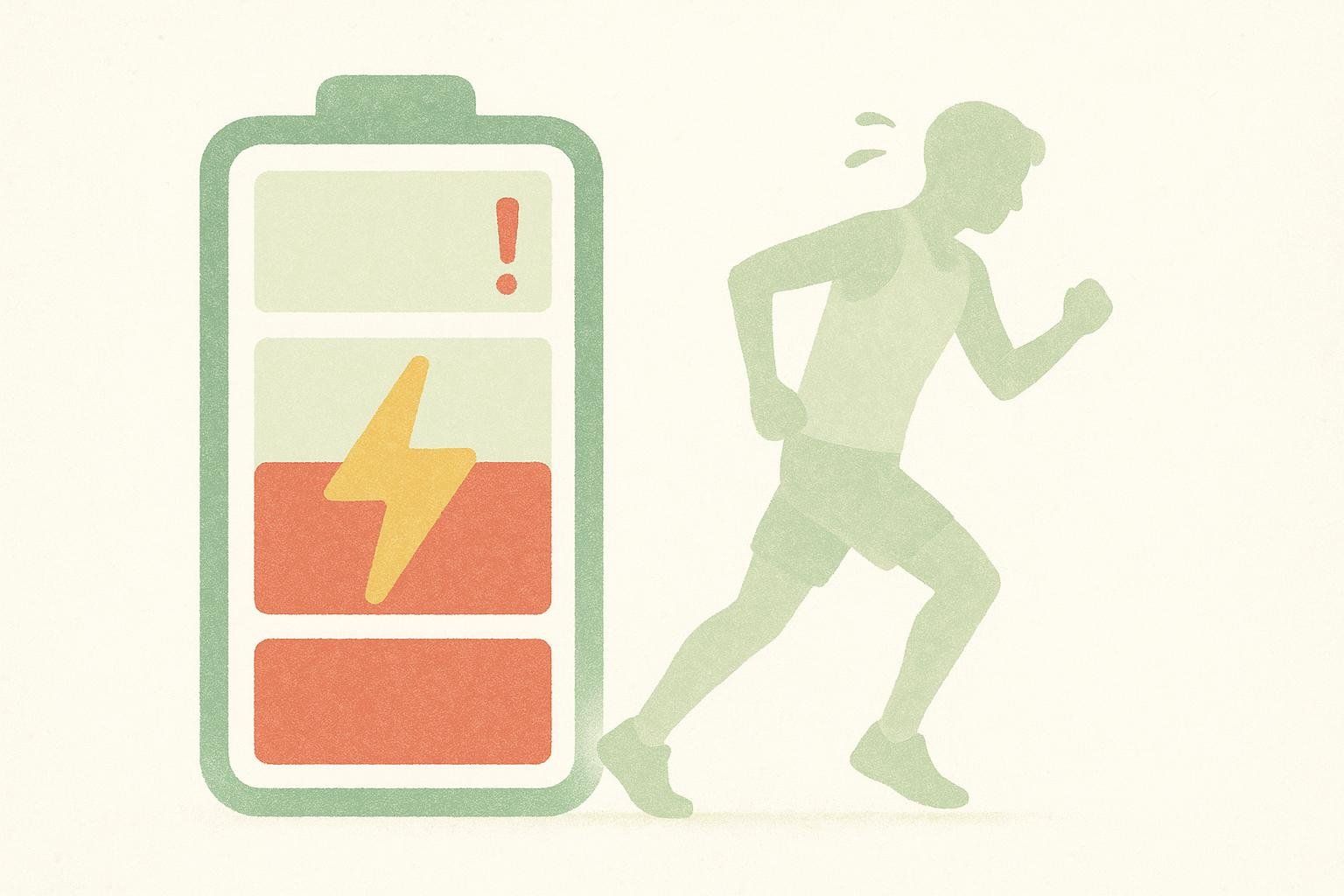
Is Fasted Cardio Good for Weight Loss?
Not necessarily. While fasted sessions shift fuel use toward fat during the workout, most long-term studies find no significant difference in body-fat reduction between fasted and fed groups when total calories and training volume are equal. Sustainable energy balance and progressive training matter more than meal timing alone.
That said, some people simply enjoy early fasted sessions, adhere better to their plan, and therefore lose more fat indirectly. If this approach improves your consistency, it can be an effective strategy.
Fasted Cardio Protocols
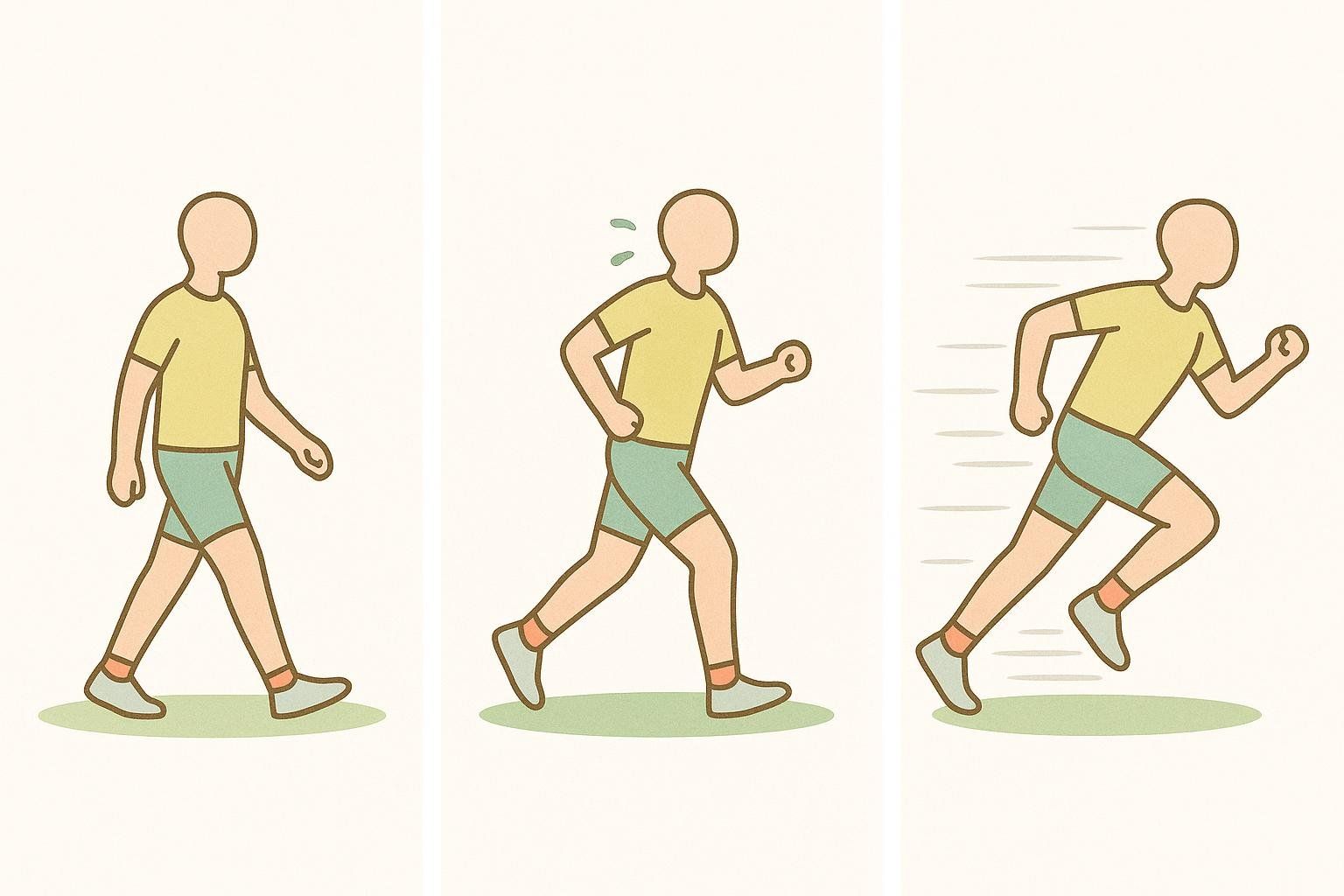
1. Low-Intensity Steady State (LISS)
- Intensity: 50–65 % of max heart rate (brisk walk, easy bike).
- Duration: 20–45 minutes; cap at 60.
- Frequency: 2–4 × per week.
- Why: Maximizes fat oxidation without draining glycogen or spiking cortisol as much.
- Want a structured plan? Check out our Steady-State Cardio Guide.
2. Moderate-Intensity Cardio
- Intensity: 65–75 % max HR (easy jog).
- Duration: 20–30 minutes.
- The metabolic advantage is less pronounced, so choose this option primarily if you prefer the training style.
3. HIIT (Use Sparingly Fasted)
- Intensity: 85–95 % max HR.
- Duration: ≤20 minutes.
- Risks: Higher glycogen demand + elevated cortisol may increase muscle-loss risk. Limit to 1 × / week fasted, or consider fueling with a small amount of easily digestible carbs (e.g., half a banana) to safeguard lean mass.
Sample Schedules for Three Common Goals
| Persona & Goal | Wake-Up | Fasted Workout | Post-Workout Meal |
|---|---|---|---|
| Corporate Newcomer | 6:00 am | 6:15–6:45 am treadmill walk (HR 60 %) | 7:15 am Greek yogurt + berries + whey |
| Intermittent Faster | 7:00 am (still fasting) | 10:30–11:00 am stationary bike (HR 65 %) | 12:00 pm first meal (balanced macro bowl) |
| Performance Athlete | 5:30 am | 5:45–6:15 am zone-2 run (HR 70 %) | 6:45 am protein shake + banana; 9:00 am full breakfast |
Hydration & Electrolytes Checklist
✅ 500–750 ml water upon waking
✅ 200–300 mg sodium (pinch of salt or electrolyte tablet)
✅ Black coffee optional for extra fat-mobilizing catecholamine kick
✅ Sip water every 10–15 minutes during session
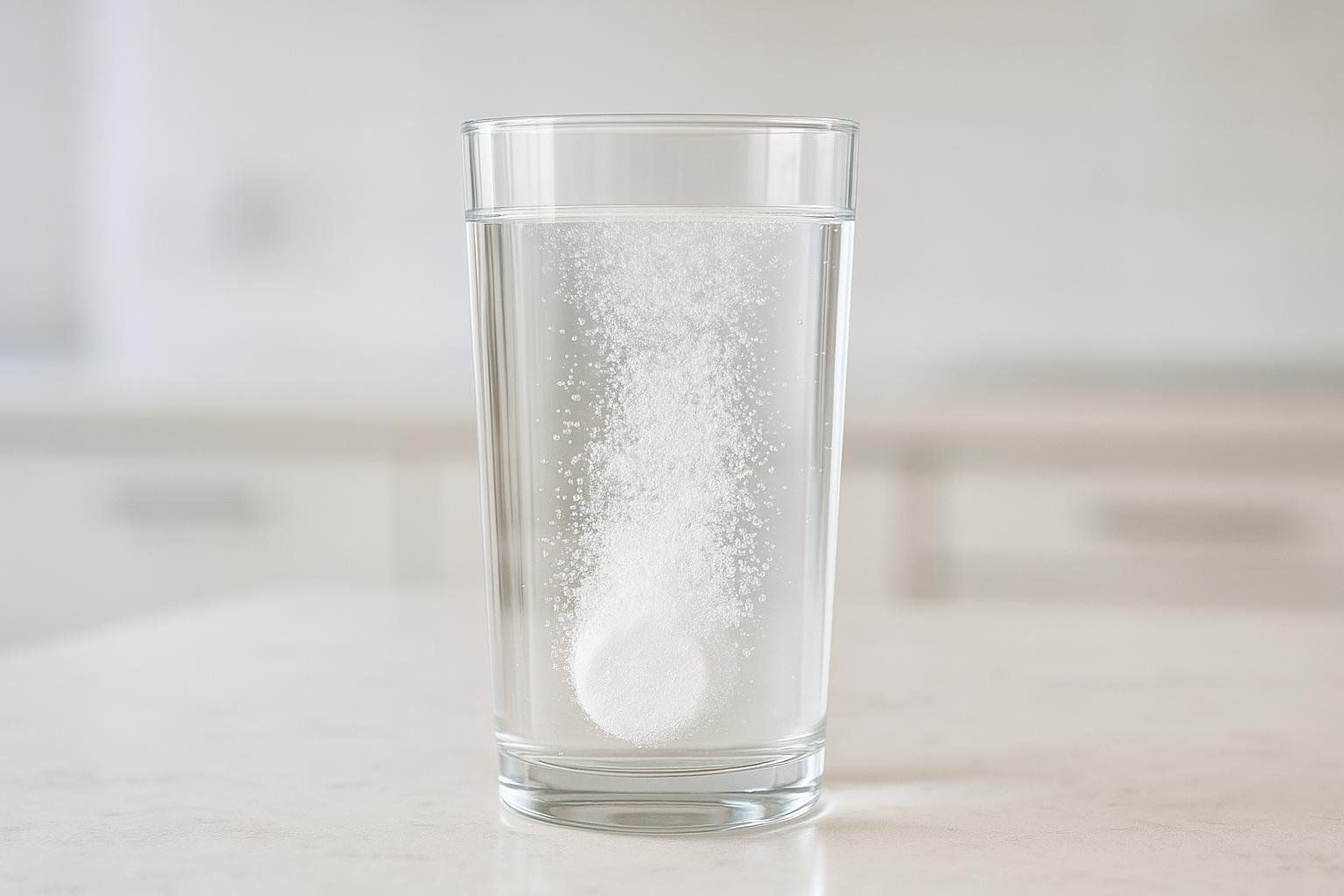
What to Eat After Fasted Cardio
A balanced post-workout meal that includes both high-quality protein and carbohydrate sources helps kick-start muscle repair and replenish glycogen.
- Oats with whey protein and a banana
- Egg-white veggie omelet with sprouted toast and jam
- Smoothie: fruit, milk or yogurt, nut butter, and protein powder
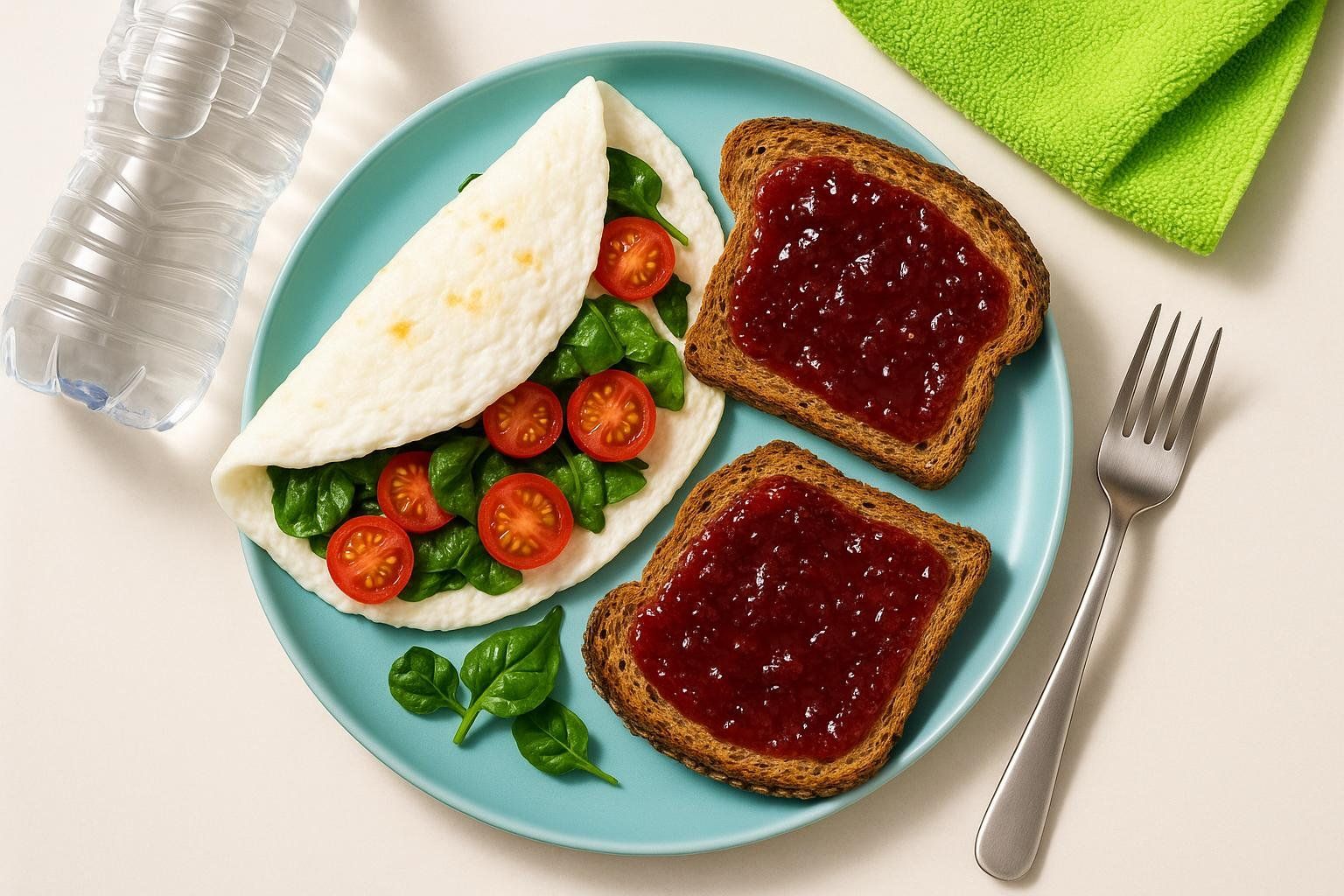
Why Track Your Progress with DXA
Traditional scales can’t tell you whether weight loss comes from fat, muscle, or water. A DXA scan provides medical-grade insight into:
- Total and regional fat mass—including hard-to-measure visceral fat.
- Lean-tissue distribution so you know if you’re preserving muscle.
- Bone-density checkpoints to monitor long-term health.
Periodic scans provide objective data that helps you fine-tune your training and nutrition.
Frequently Asked Questions
Does fasted cardio burn more calories overall?
Not necessarily. It burns a higher percentage of fat calories during the workout, but total daily energy expenditure is similar.
Will I lose muscle if I do fasted cardio every day?
For most people, daily 20–40-minute low-intensity sessions carry a low risk of muscle loss, provided protein intake meets at least 1.6 g per kilogram of body weight—a threshold supported by the International Society of Sports Nutrition—and you refuel promptly.
Can I drink BCAAs or pre-workout and stay “fasted”?
Anything with calories (even 5 kcal) technically breaks a fast hormonally. If muscle retention matters more than strict fasting, sip essential amino acids; just know you are no longer in a strictly fasted state.
Is fasted cardio safe for women?
Many women tolerate fasted cardio well, but individual hormone responses can vary. Pay attention to sleep, mood, and menstrual changes, and adjust frequency or intensity if recovery begins to suffer.
How do I know if it’s working?
Track body-composition data. Scale weight alone can be misleading; a DXA scan or our Body Fat Percentage Calculator shows whether fat is dropping while lean mass holds steady.
The Bottom Line
Fasted cardio isn’t a silver bullet, but—executed with the right intensity, duration, and recovery nutrition—it can be a convenient tool for fat-loss-minded athletes and busy professionals. Pair your program with periodic BodySpec DXA scans to validate results in black-and-white numbers.
